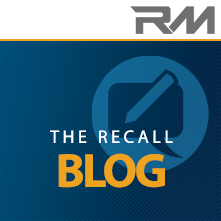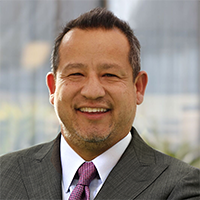The Collision Between Auto Insurance Rates and Consumers
The Collision Between Auto Insurance Rates and Consumers
…
The nation’s love affair with vehicles has long been associated with freedom, mobility, and opportunity. But for many consumers today, the dream of driving a new vehicle is increasingly clouded by an unexpected and often unmanageable burden: the rising cost of car insurance. Over the past several years, insurance premiums have soared at rates far outpacing inflation, wages, and even vehicle prices themselves. As household budgets get squeezed, many Americans are reassessing the feasibility of buying or leasing a new vehicle, especially when coupled with high interest rates and vehicle prices.
The surge in auto insurance premiums is altering consumer behavior, impacting household finances, and cooling enthusiasm for new vehicle purchases. According to the U.S. Bureau of Labor Statistics, auto insurance rates rose by 20.3% in 2023 alone, the fastest annual increase since the 1970s. By the first quarter of 2025, some states reported average annual premiums exceeding $2,000. LendingTree’s ValuePenguin report expects average premiums to reach $2,101/year, exceeding the $2,000 threshold. Other estimates vary: Insurify projects $2,435, while Bankrate and Kiplinger report averages around $2,680. In some regions, rates exceed $3,000 annually (Nevada, Florida, Minnesota, Maryland, California). According to J.D. Power, 29% of consumers have responded by reducing the amount of coverage.
Why exactly are auto insurance rates increasing? Several interrelated factors are driving the steep rise in premiums, beginning with high repair costs and the complexity of today’s vehicles. Modern vehicles, especially newer models, are equipped with advanced safety features like sensors, radar, and driver-assist technologies. While these systems reduce the likelihood of severe accidents, they significantly increase the cost of repairs. A simple bumper replacement on a new car can cost over $3,000 due to embedded sensors. The average cost of a car repair claim rose 30% between 2021 and 2024.
The nation is also seeing increased accident rates, leading to more litigation. Despite fewer miles driven during the pandemic, the rate of serious accidents has increased, driven by distracted driving, speeding, and aggressive behavior. As a result, bodily injury claims rose 9.5% in 2023. The broader inflationary pressures affecting parts, labor, and vehicle replacement have trickled down to insurers, who are passing these increased costs on to consumers.
For the average American household, the rising cost of car insurance is more than a nuisance—it’s a serious financial burden. According to the Federal Reserve’s 2023 Survey of Household Economics, nearly 40% of households reported difficulty affording non-discretionary transportation expenses, including fuel, insurance, and maintenance.
All of these factors influence vehicle purchasing decisions. Historically, factors such as sticker price, fuel economy, and brand reputation dominated the new car shopping process. Today, insurance premiums are becoming a pivotal factor in the consumer decision-making journey. According to Cox Automotive’s 2024 Vehicle Affordability Index, 61% of buyers now consider insurance premiums before choosing a vehicle, up from 38% in 2020. A 2023 TransUnion auto survey found that 24% of potential car buyers delayed or abandoned their new vehicle purchase due to high insurance costs.
Automakers are beginning to feel the ripple effects of insurance inflation. While supply chain improvements and EV expansion are top-of-mind issues, vehicle affordability is emerging as a critical barrier to growth. To combat slowing sales growth, OEMs are adopting increased leasing incentives and subsidized lease deals that include insurance packages. Evident in Amazon’s entry into the auto industry via its Slate EVs, vehicle design is prioritized by modular, lower-cost repair components.
To combat ballooning premiums, some insurers are promoting telematics-driven policies – also known as usage-based insurance (UBI). These programs reward safe driving habits and reduce costs for low-mileage users. If this feels a little invasive, just know that there’s up to 25% savings for drivers who avoid speeding and hard braking. This new model is becoming quite popular among younger drivers, gig economy workers, and retirees. However, privacy concerns and inconsistent results across providers have slowed widespread adoption.
The rising cost of car insurance is not just a financial inconvenience—it’s a macroeconomic force that could reshape the automotive landscape in the U.S. From shifting consumer behavior and delayed vehicle purchases to changes in vehicle design and legislative reform, the impact of insurance inflation is far-reaching.
While the industry has weathered numerous disruptions—from the pandemic to chip shortages—the current crisis is unique because it strikes at the core of affordability and accessibility. Until insurance premiums stabilize or innovative cost-reduction strategies gain traction, new car sales may remain suppressed, especially among cost-sensitive segments of the population.
…
About the Author


